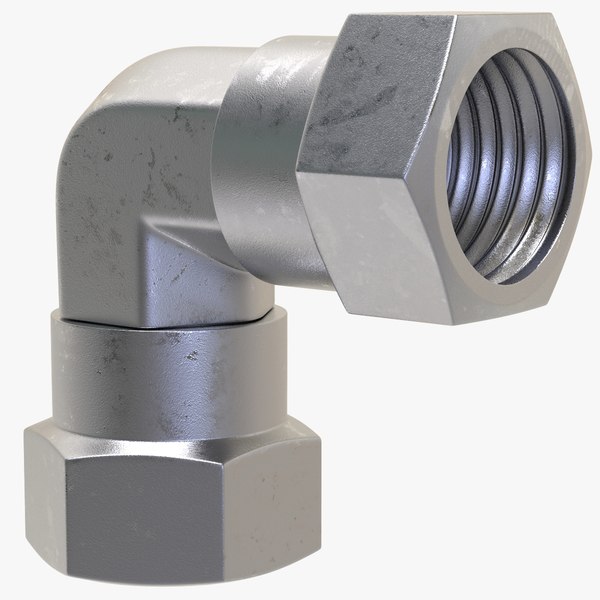Dantex Joint-Sealant N1 And N2
Warning: Undefined variable $PostID in /home2/comelews/wr1te.com/wp-content/themes/adWhiteBullet/single.php on line 66
Warning: Undefined variable $PostID in /home2/comelews/wr1te.com/wp-content/themes/adWhiteBullet/single.php on line 67
|
| Articles Category RSS Feed - Subscribe to the feed here |
|
|
 Joint Sealants N1 and N2 are BS EN14188-1 compliant. They’re used to maintain horizontal joints and cracks in concrete and asphalt carriageways and airfield pavements and provides a black, solid, plastic end. They are suitable for repairing joints up to 30mm. Joint Sealant N1 has 25% elasticity and is especially appropriate for high motion joints. Joint Sealant N2 has 15% elasticity.
Joint Sealants N1 and N2 are BS EN14188-1 compliant. They’re used to maintain horizontal joints and cracks in concrete and asphalt carriageways and airfield pavements and provides a black, solid, plastic end. They are suitable for repairing joints up to 30mm. Joint Sealant N1 has 25% elasticity and is especially appropriate for high motion joints. Joint Sealant N2 has 15% elasticity.
AC-20: Non-sag, acrylic latex caulking compound for general function inside and exterior caulking in architectural purposes where slight to reasonable movement is anticipated; Excellent sealant for caulking interior concrete joints, hollow core ceiling and flooring planks, window and door frames, vinyl, aluminum, steel and plywood siding, sheetrock, baseboards and bathroom and kitchen fixtures.
If sealant slumping/sagging is unavoidable resulting from onsite situations, Pecora recommends installing the sealant in multiple “lifts.” A elevate refers to the applying of two layers of sealant. For instance, where the sealant depth as measured at the center of the joint should be ½-inch (for 1- to 2-inch huge joints), two ¼-inch layers must be installed. The primary layer should cure earlier than the second layer is applied. If the sealant is silicone, the second elevate could also be put in directly over the first.
Standard joint methods for growth joints on industrial floors are based mostly on polyurethanes, silicones, MS polymers or polysulphides. These are normally less resistant than the adjoining coating and weak to chemical attack, rapidly changing into brittle and needing to be repaired inside relatively short intervals. Mycoflex Resyst can get rid of this vulnerability. MC-Bauchemie’s product system consists of prefabricated mouldings made from a special polymer foam that is extremely resistant to chemical assault, mechanical stressing and everlasting water exposure. It delivers a thoroughly reliable joint system for floors and expansion joints, even where parts undergo vital thermal growth and heavy mechanical put on and tear. This makes the joint system notably suited to a variety of industrial flooring applications, particularly the chemical and oil industries and in the sewage treatment sector.
Find more articles written by
/home2/comelews/wr1te.com/wp-content/themes/adWhiteBullet/single.php on line 180